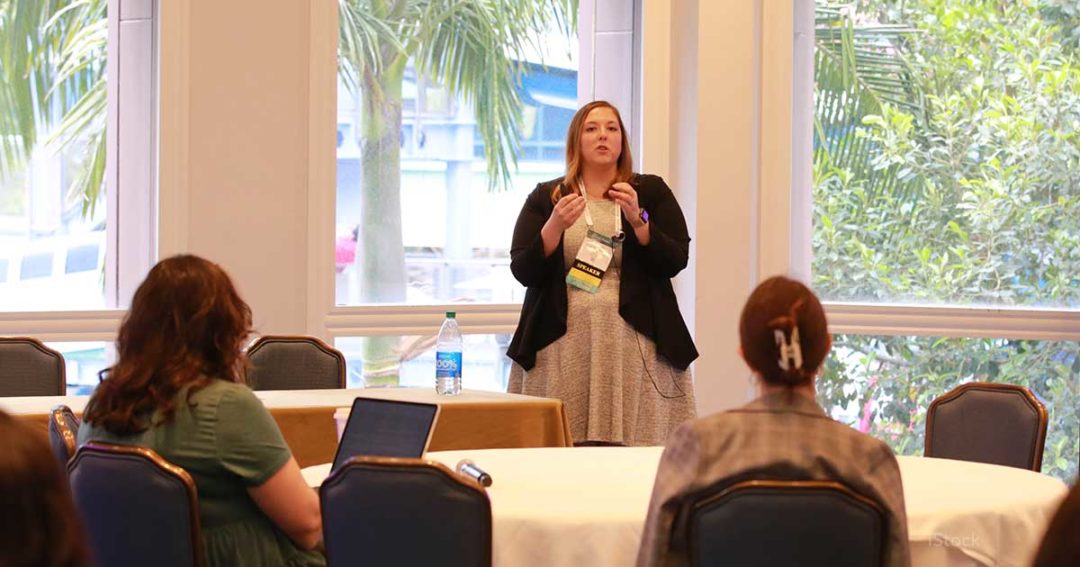
Be an intentional listener
Active listening can improve communication between different generations.
Communication style is the biggest difference between generations in the workforce, and many employees find it difficult to communicate with co-workers not in their age group, according to Amanda Bardonner, vice president of strategic accounts at Lendkey.
Bardonner, who addressed the 2023 CUNA Finance Council Conference Tuesday in Anaheim, Calif., described the different communication styles of different generations in the workplace:
- Baby boomers: prefer efficient communication methods, including face-to-face conversations and phone calls.
- Generation X: like baby boomers, they prioritize efficiency in communication.
- Millennials: prefer instant messaging, texting, and email.
- Generation Z: prefers communicating via instant messaging, texting, and social media. “They’re always connected,” she says.
The answer to navigating these differences: using active listening when communicating.
“Go beyond simply hearing words to understanding the intent and meaning behind them,” Bardonner advises.
Active listening requires focus and intentionality, she says. That means removing distractions, making eye contact, providing nonverbal cues, summarizing/paraphrasing comments, asking questions, having open body language, and listening to understand.
“Doing this leads to more empathy,” Bardonner says.
She suggests tailoring communication by asking people about their communication preferences and setting expectations as a team. For example, if an issue isn’t urgent, use email. If it’s important, use Slack. If it’s urgent, use text or a phone call.
Bardonner offers four takeaways for better communication:
- Consider the individual and their preferences, looking beyond characteristics such as generation, gender, or tenure.
- Remove distractions and listen for intent: What’s driving the other person?
- Ask open-ended questions for increased engagement.
- Employ proactive empathy and understanding.
“Being intentional can solve a lot of issues,” she says.